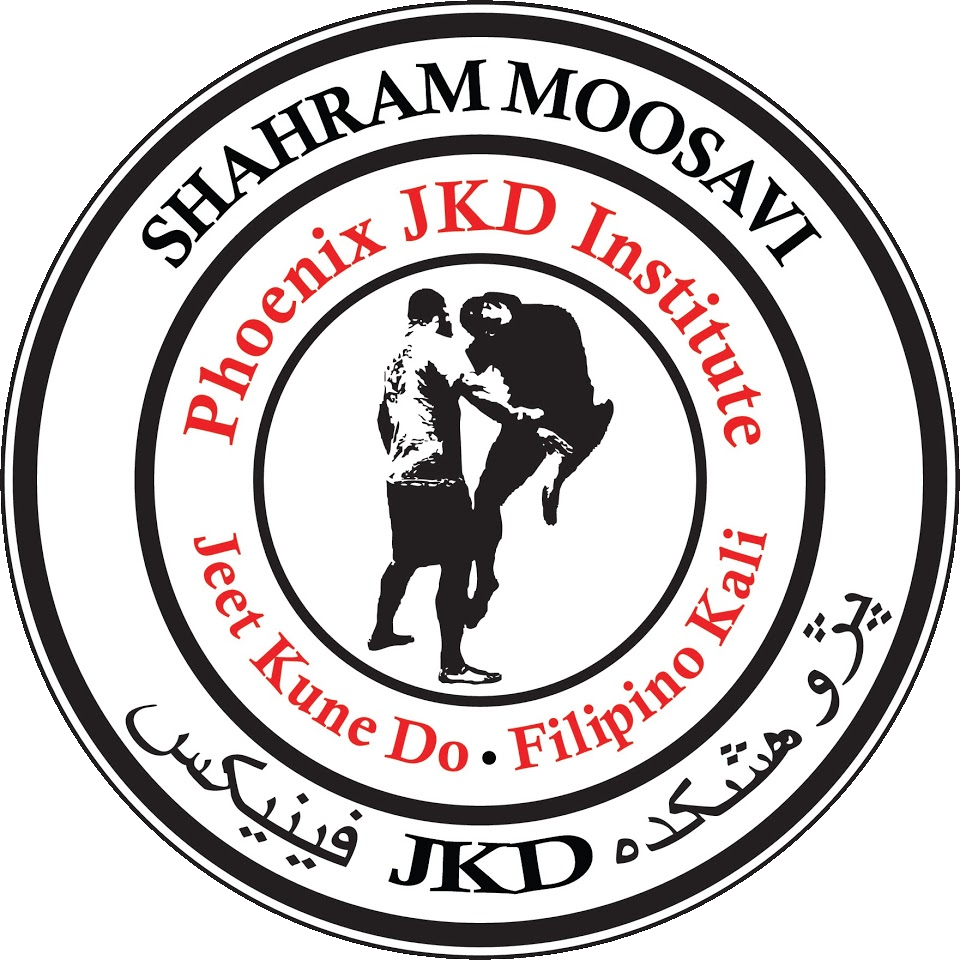Filipino Kali

The great need for self-preservation was the genesis of these systems. Throughout the ages, invaders and evolving local conflicts imposed new dynamics for combat. The Filipino people developed battle skills as a direct result of an appreciation of their ever-changing circumstances. They learned often out of necessity how to prioritize, allocate, and utilize common resources in combative situations. Filipinos have been heavily influenced by the phenomenon of cultural and linguistic mixture.
Some of the specific mechanisms responsible for cultural and martial change extended from phenomena such as war, political and social systems, technology, trade, and of course, simple practicality. Practitioners of Filipino martial arts are noted for their ability to fight with weapons or empty hands. Weapons are treated as an extension of the hand, and weapons training is considered to promote proficiency in empty-handed techniques.
Filipino martial arts refer to ancient and newer fighting methods devised in the area now known as the Philippines, the most popular of which are known as Kali, Arnis, Eskrima. The practice of Kali teaches us flow and how to transition from weapons to empty hand. We offer extensive training in edged weapons and stick combat. In today’s society, training in weapons is an essential element in street survival training. Training in edged weapons and stick fighting also greatly enhances the personal attributes needed to be a complete fighter.
